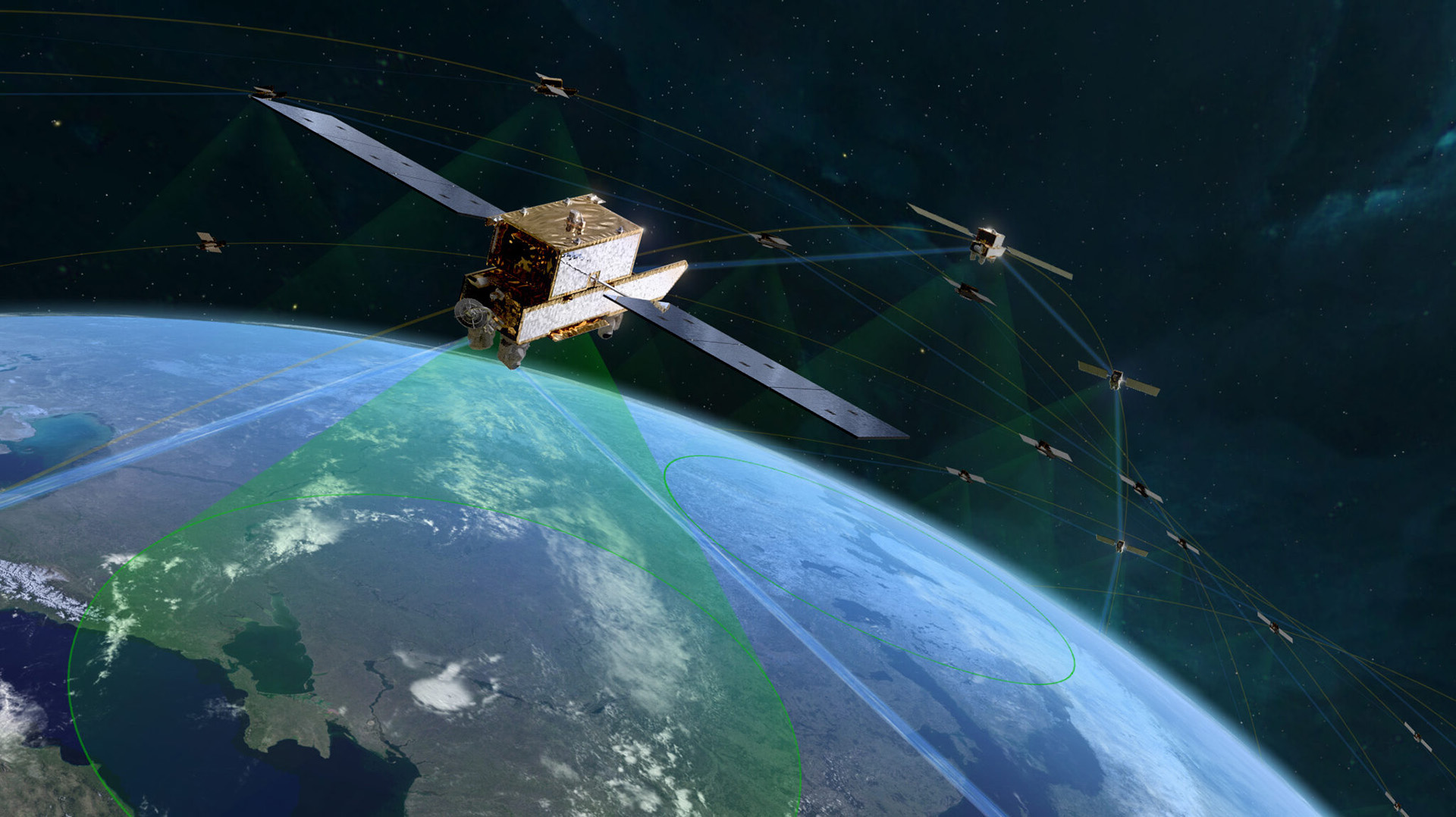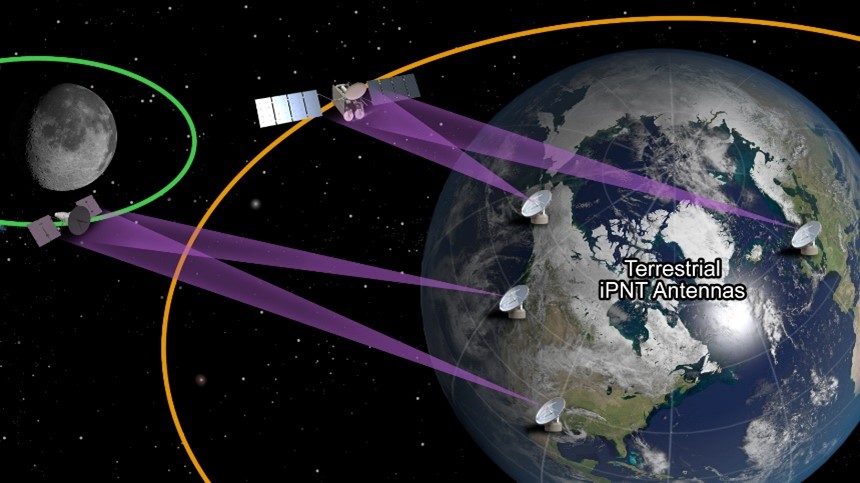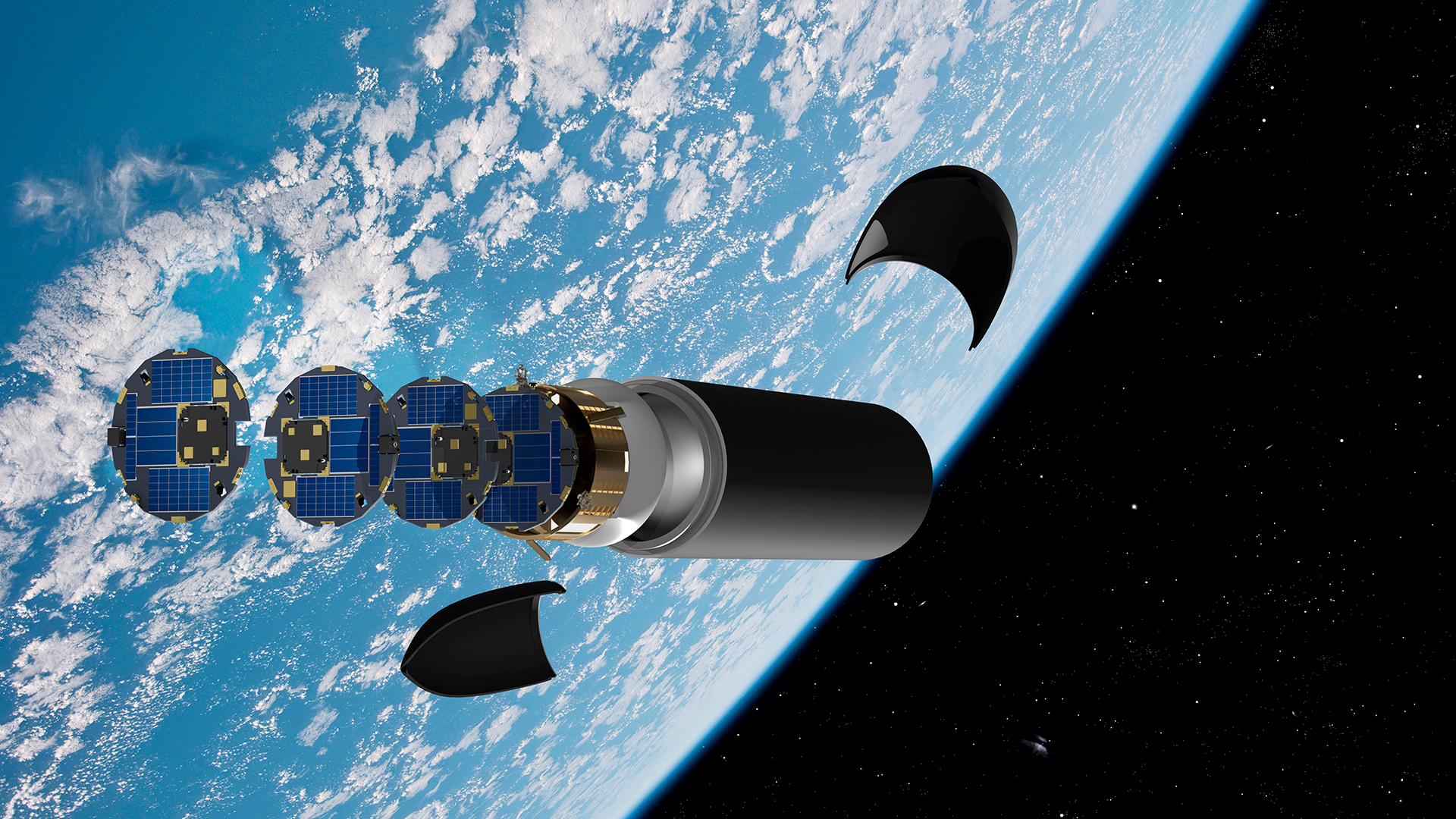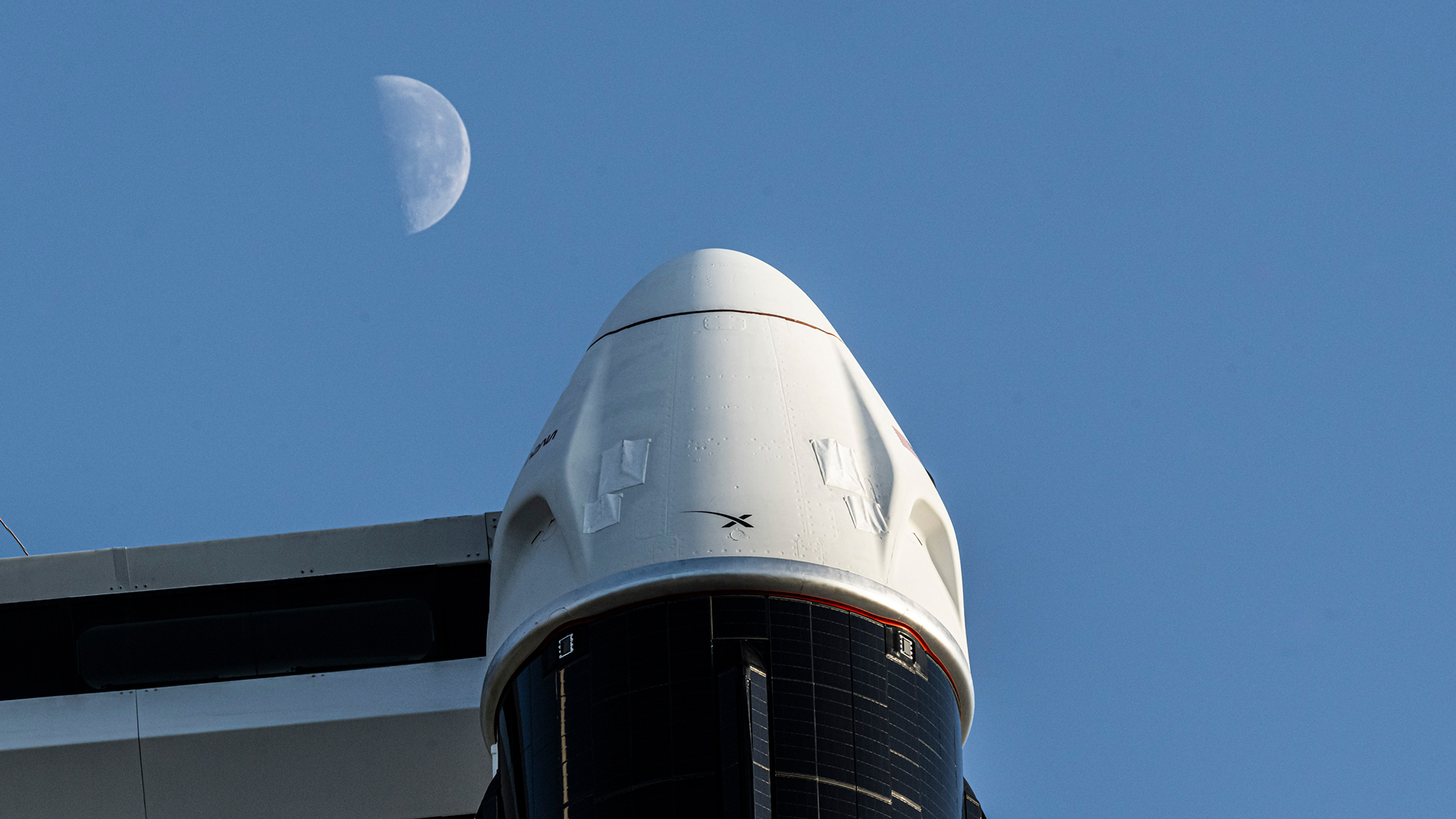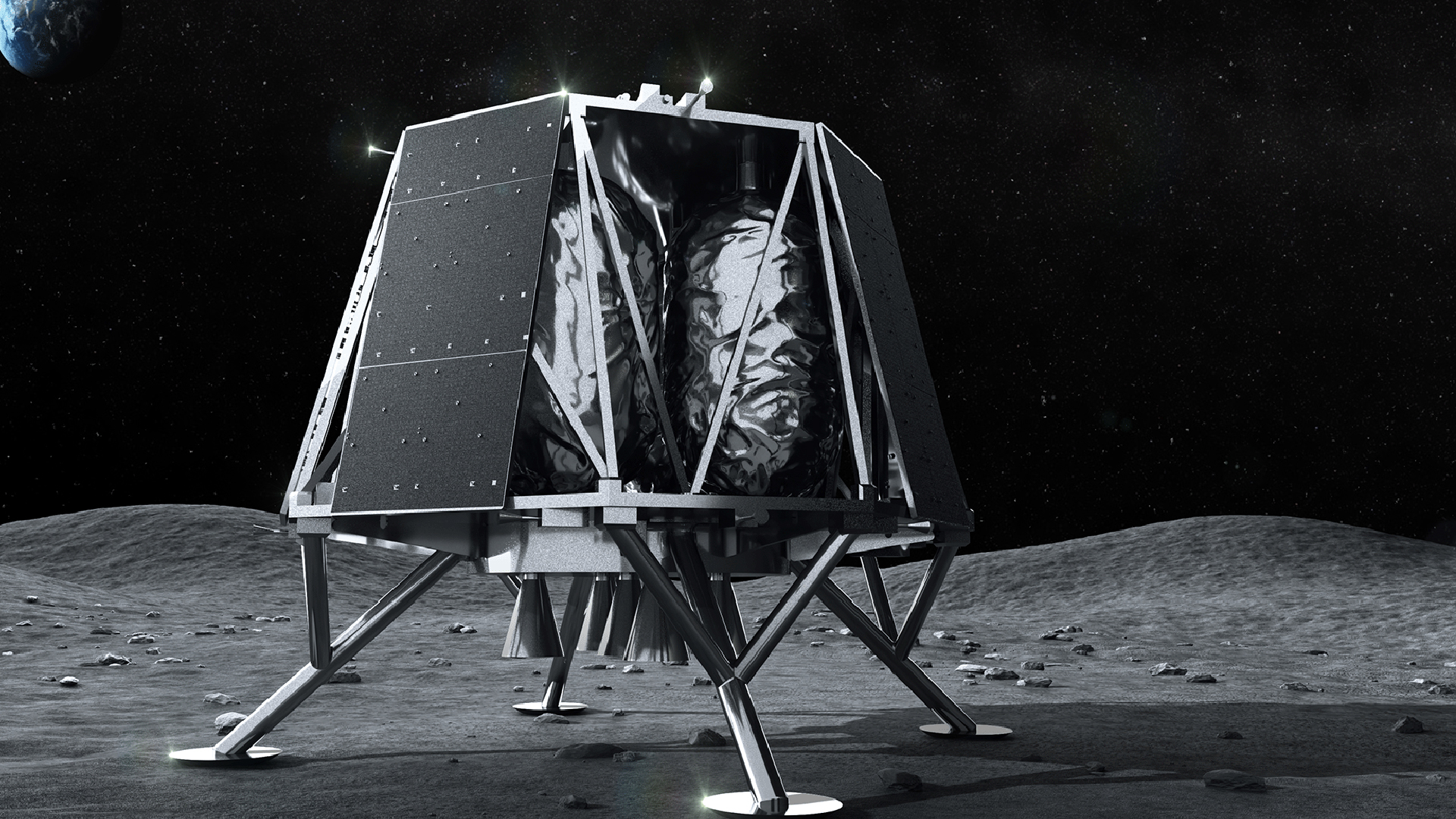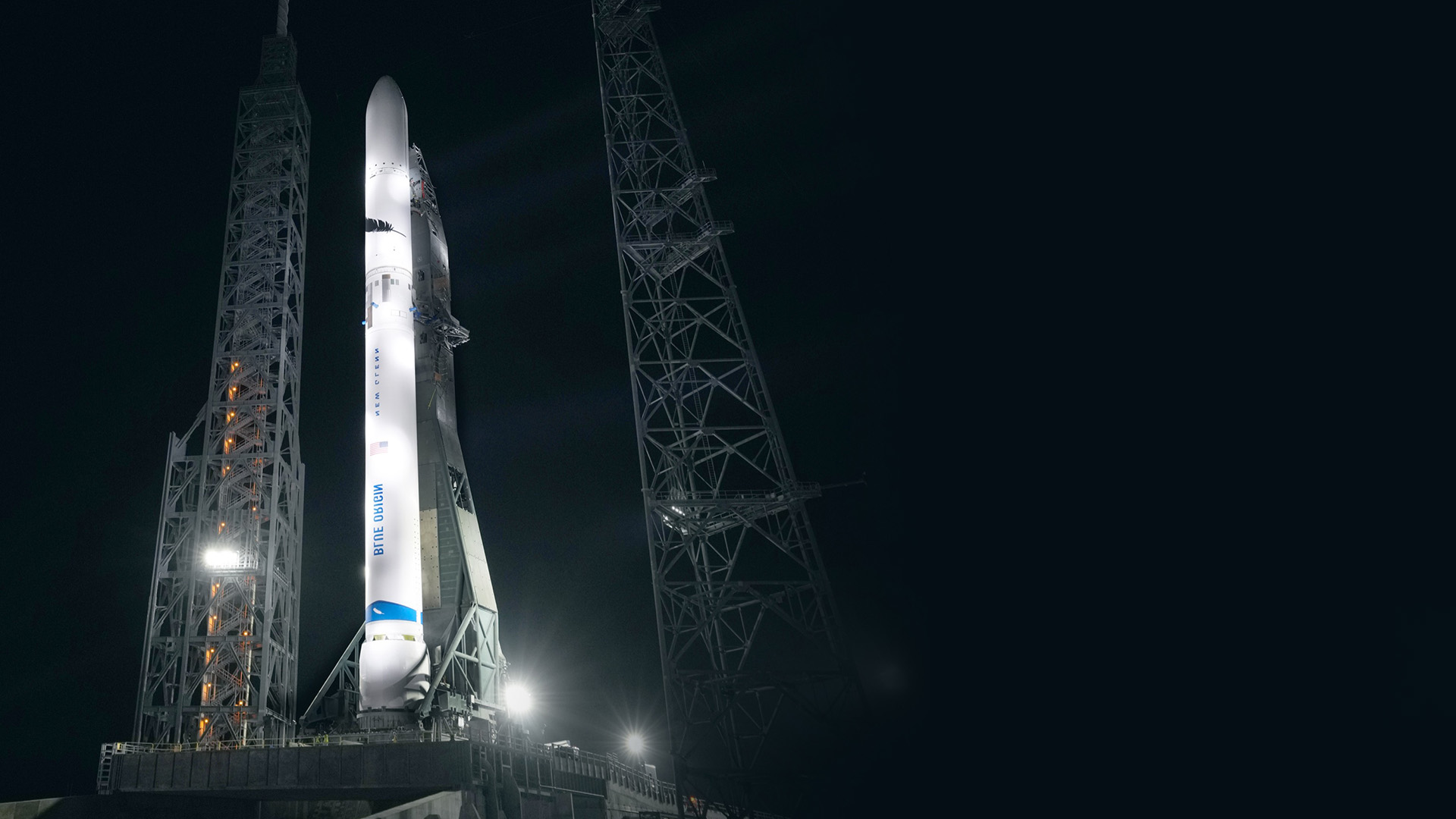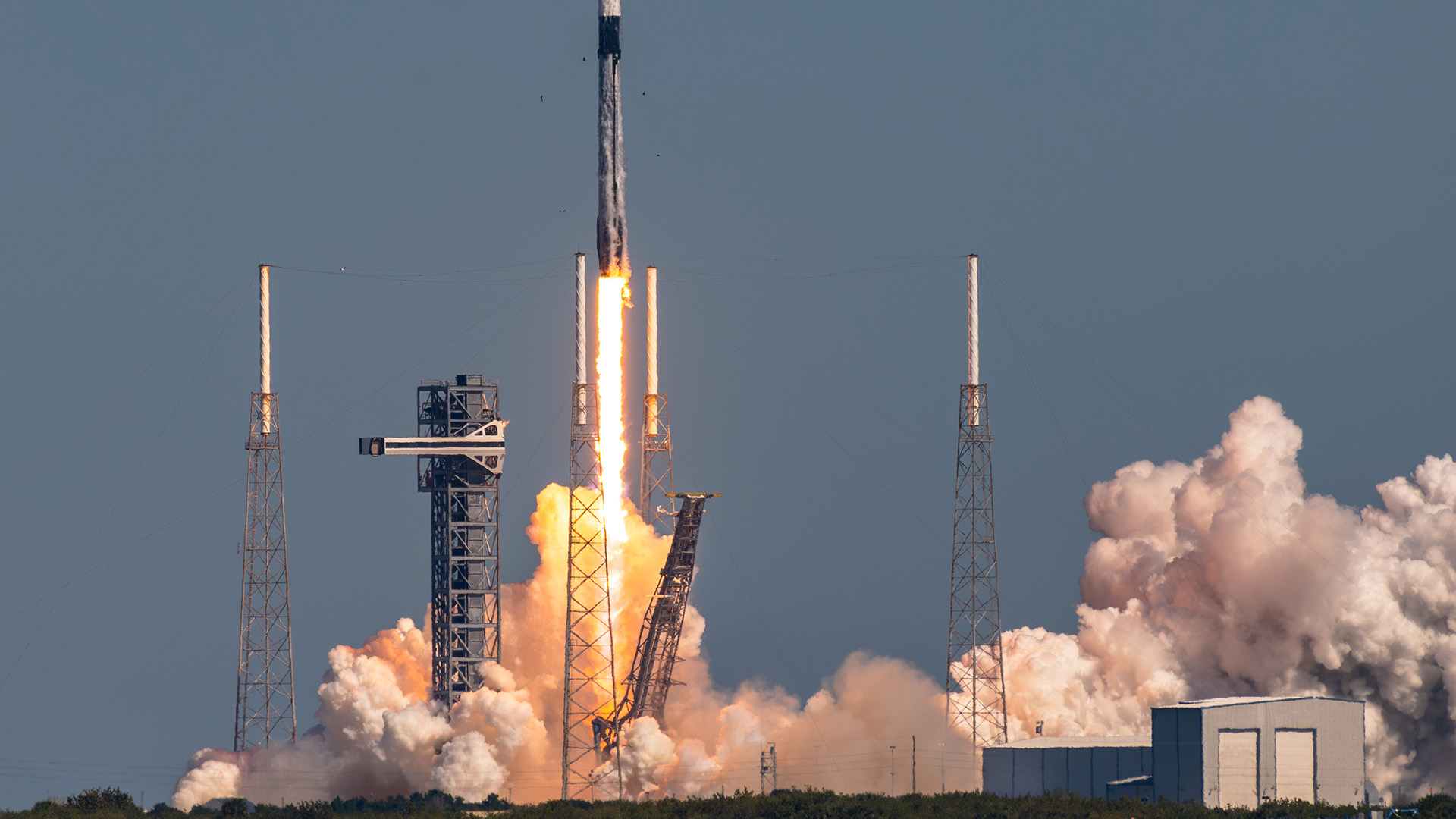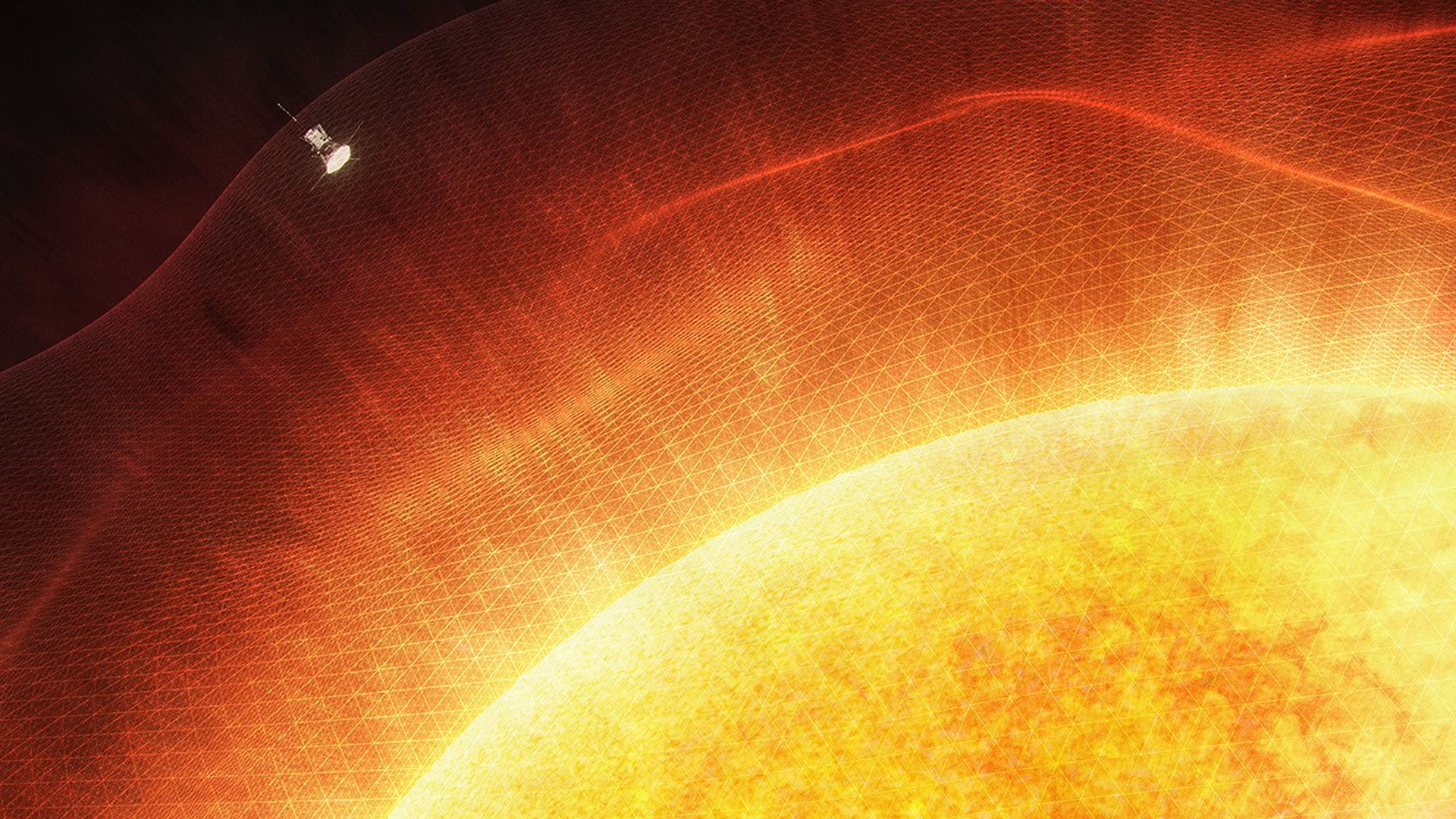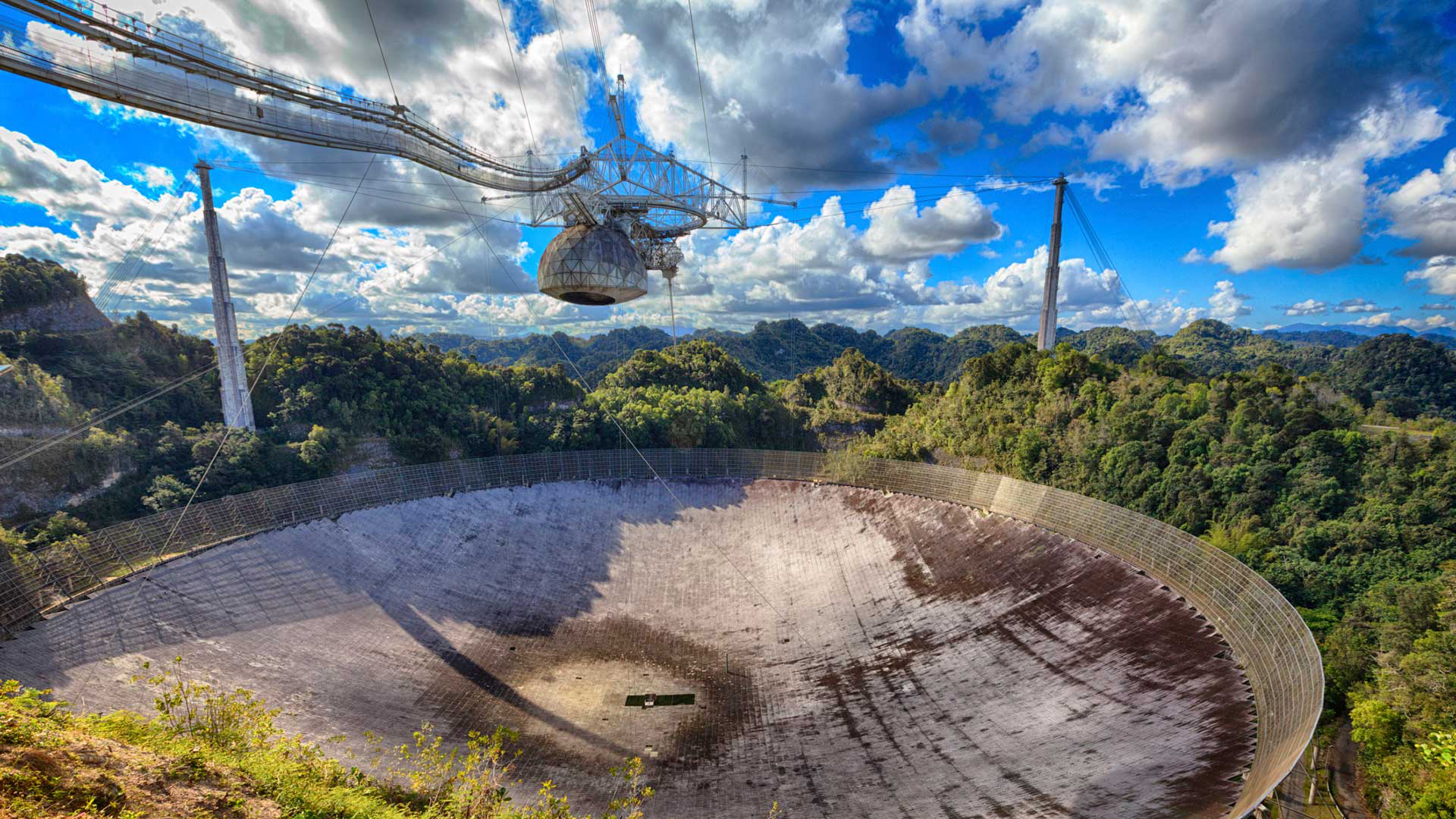Vivienne Machi for Aviation Week – The SDA plans to start launching 154 operational satellites in March, to build out the agency’s Proliferated Warfighter Space Architecture (PWSA) for warfighters stationed around the globe.
U.S. military seeks commercial space technology for strategic edge
Sandra Erwin for SpaceNews – The Pentagon wants to leverage commercial space technology to enhance military capabilities, even as officials work to address longstanding challenges in government-industry collaboration.
White House charges Pentagon to develop cislunar monitoring tech, including for ‘planetary defense’
Theresa Hitchens for Breaking Defense – According to Dec. 2024’s National Cislunar Science and Technology Action Plan, DoD are tasked to “identify and prioritize research and development needed to support extension of U.S. space situational awareness capabilities into cislunar space.”
The Next Frontier: US adversaries ‘shrinking’ the ‘gap’ in space capabilities
Featuring Aerospace’s Sam Wilson in the Washington Examiner – “The most important development in national security space is how the Department of Defense is transitioning from a small number of expensive, big satellites in high orbit to proliferating systems across the diversity of orbits.”
Vast Hires SpaceX For Planned Private Astronaut Mission Bid
By Irene Klotz for Aviation Week – Privately owned startup Vast Space signed an agreement with SpaceX to support a planned bid for a pair of prospective U.S. private astronaut missions (PAM) to the International Space Station, a program that has so far been the sole domain of Houston-based Axiom Space.
Firefly, ispace lunar landers to share Falcon 9 launch
By Jeff Foust for SpaceNews – Japanese lunar lander developer ispace confirmed its second mission to the moon will launch on the same SpaceX Falcon 9 as Firefly Aerospace’s first lunar lander. The two spacecraft, while launched together, will take different routes to the moon.
Blue Origin test fires New Glenn first stage ahead of inaugural launch
By Jeff Foust for SpaceNews – Hours after the Federal Aviation Administration granted a launch license for New Glenn, Blue Origin completed a static-fire test on Dec. 27, paving the way for an inaugural launch.
FCC Chairwoman Looks to Allocate More Spectrum for Space Launch
By Rachel Jewett for Via Satellite – FCC Chairwoman Jessica Rosenworcel proposed reallocating the 2360–2395 MHz band on a secondary basis for space operations. Rosenworcel said this will provide “certainty and predictability” for commercial launches.
NASA’s Parker Solar Probe survives close brush with the sun’s scorching surface
By Adithi Ramakrishnan for AP – NASA’s Parker Solar Probe passed within a record-breaking 3.8 million miles of the sun. Scientists hope the data from Parker will help them better understand why the sun’s outer atmosphere is hundreds of times hotter than its surface.
Reaching New Heights: 20 Years of Aerospace Support to the NASA Engineering and Safety Center
Aerospace employees are in 13 of NASA’s 19 Technical Discipline Teams, which provide critical independent expertise to ensure the safety, sustainability, and success of NASA’s ambitious space missions.

